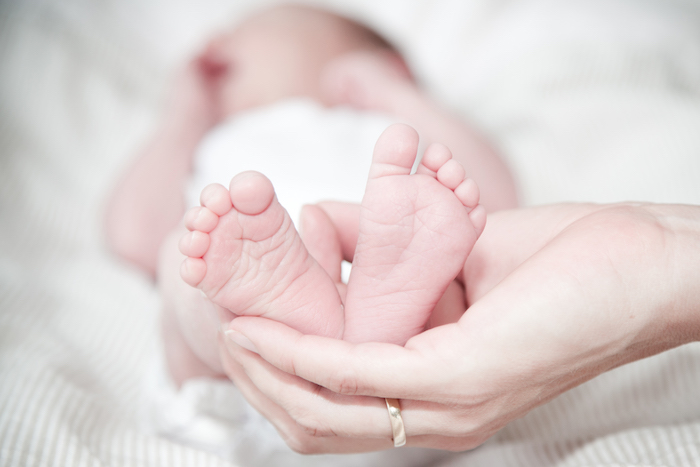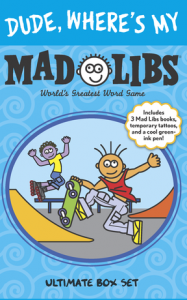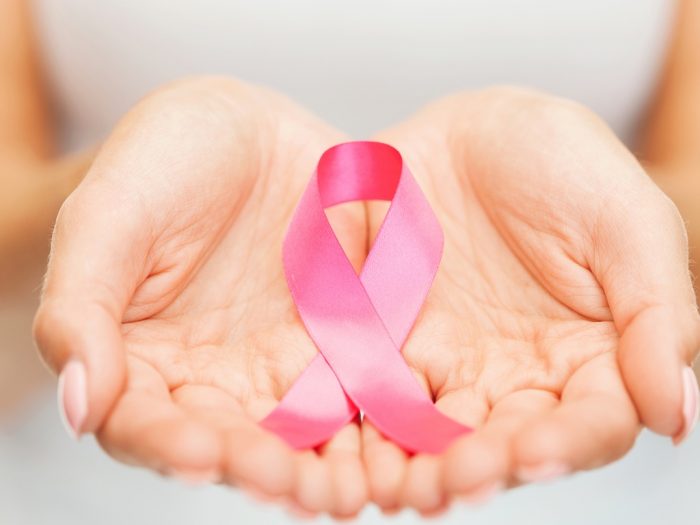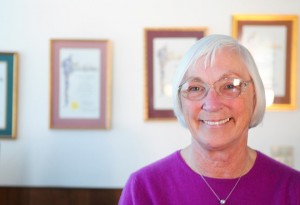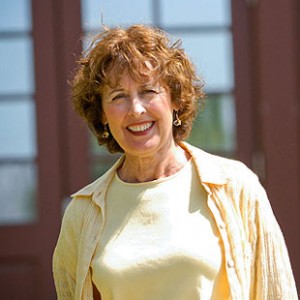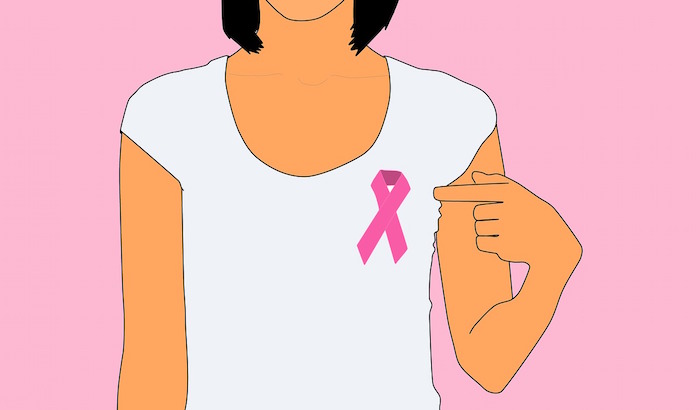Green Microbes Bacteria Pathogen Germs Infection, courtesy maxpixvel.freegreatpicture.com.
Attached to the most adorable carriers, how can anyone turn them away? The truth is, you can’t–and it’s enough to make you sick.
There’s a fine line between obsessive-compulsive disorder and healthy hygiene. When it comes to avoiding colds and flu, experts say we can learn from the example of a certain germ-obsessed television detective.
While Monk’s obsession with keeping surfaces as clean as possible may seem extreme, experts agree that cleanliness is next to flu-lessness, especially when it comes to your hands.
As Susan Perkins, a nurse with the Santa Barbara Elementary and High School Districts, put it, “Wash your hands. Wash your hands. Wash your hands.”
School children are taught to sing “Happy Birthday to You” twice while washing their hands. Scientists from the Environmental Protection Agency are even giving lessons to North Carolina kindergarteners on “Why We Wash Our Hands,” visually aided by an ample supply of purple glitter, which any victim knows, spreads faster than any germ ever invented.
But other than rinse and repeat, what can you do to stay healthy?
Cleaning expert Cheryl Mendelson, who literally wrote the book on housecleaning — Home Comforts — counsels the more obsessed among us to relax.
“Many people have mild tendencies this way (to clean compulsively). If you are one of them, it may help to keep in mind that nothing that lives in your kitchen sink or on your toilet handle can compare to what thrives in a healthy person’s nose — an ecosystem that no one can or should do anything about,” said Mendelson. “Nor have there been any epidemics arising from poor housekeeping practices.”
With our wealth of antibiotics, vaccines and antibacterial products available, some experts think we may have even gone too far in protecting ourselves. For example, antibiotics are sometimes prescribed to treat a common cold, which is a viral infection and not affected by antibiotics.
Instead of making us healthier, these antibiotics and antibacterials can do us harm, according to Dr. Howard Markel, author of When Germs Travel. The more ubiquitous these bacteria killers become, the more opportunities that germs have to adapt to them.
A recent Columbia University study suggested antibacterial products don’t cut the overall risk of contracting a cold, a runny nose, a fever, a sore throat or diarrhea because these will destroy all the bacteria in their paths (including the friendly ones) leaving only the sturdiest — and often the most dangerous — germs in their wake. Regular soap, plain bleach and water, as well as alcohol-based products, dislodge harmful bacteria just as well as antibacterials do, without spawning more dangerous germs.
Unfortunately germs from other people aren’t as easily controlled as cleaning our environments. Proper flu etiquette is nothing to sneeze at.
A recent letter sent to La Patera School parents offered these common sense guidelines:
= Don’t send your child to school with an illness that could spread.
= Don’t send your child to school if he or she would be miserable all day or would distract the other children.
= Have “just in case” care arrangements for your child in the event you are unable to stay home with a sick child.
Perkins also emphasized the latter.
“It can be very difficult for parents because employers are not always understanding of parents’ need to stay home with sick children,” she said.
“Even more important, if you’ve got a sick child at school, they’ve gone to school, don’t feel well during the course of the day, it’s important that a parent pick them up within an hour of being called because there isn’t really any place for kids to sit and rest in the health office.”
With vaccines in short supply this year, the second line of defense against cold and flu germs is “respiratory etiquette,” which means keeping our germs to ourselves. Covering your mouth when you cough or sneeze, using a tissue and throwing that tissue away when you use it.
And, of course it’s important to practice prevention as much as possible.
“We encourage parents and students to get enough rest, eat a healthy diet,” Perkins said. “Its kind of inevitable that they will get sick at some point … the first few days of a cold, if a child’s really not feeling well, has a lot of symptoms, coughing, sneezing, fever especially, we encourage parents to keep them home … for at least 24 hours after their temperature is back to normal.
“It’s not realistic that they’re going to stay home for entire duration of a cold because you can have that runny nose for five to 10 days probably and then you can have a residual cough for even up to three to four weeks. But if kids are acutely sick, we encourage them to stay home a day or two.”
Not to obsess about it … but that advice goes for grownups, too.
=
Stopping the Spread of Germs Illnesses like influenza and colds are caused by viruses that infect the nose, throat and lungs. The flu and colds usually spread from person to person when an infected person coughs or sneezes.
Here are some tips from the Centers for Disease Control and Prevention to help stop the spread of germs.
Take Care
= Cover your mouth and nose when you sneeze or cough.
= Cough or sneeze into a tissue and then throw it away. Cover your cough or sneeze if you do not have a tissue. Then, clean your hands.
= Clean your hands often.
= When available, wash your hands — with soap and warm water — and rub your hands vigorously together and scrub all surfaces. Wash for 15 to 20 seconds. Soap and the scrubbing action dislodge and remove germs.
= Alcohol-based disposable hand wipes or gel sanitizers also may be used.
= Avoid touching your eyes, nose, or mouth. Germs are often spread when a person touches something that is contaminated with germs and then touches his or her eyes, nose or mouth.
= Stay home when you are sick and check with a health-care provider when needed.
= When you are sick or have flu symptoms, stay home, get plenty of rest, and check with a health-care provider.
Common Flu Symptoms
= Fever (usually high)
= Headache
= Extreme tiredness
= Cough
= Sore throat
= Runny or stuffy nose
= Muscle aches
= Nausea, vomiting and diarrhea (much more common among children than adults).
What You Can Do
= Practice other good health habits
= Get plenty of sleep, be physically active, manage your stress, drink plenty of fluids, and eat nutritious food. Practicing healthy habits will help you stay healthy.

